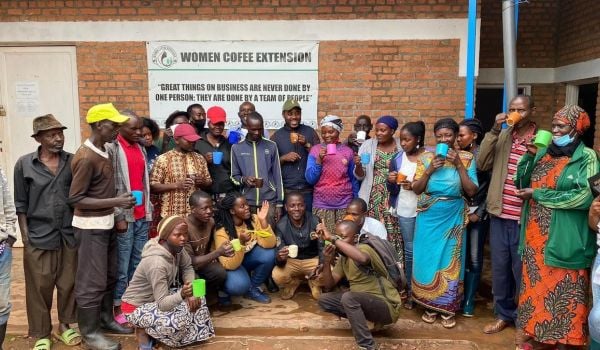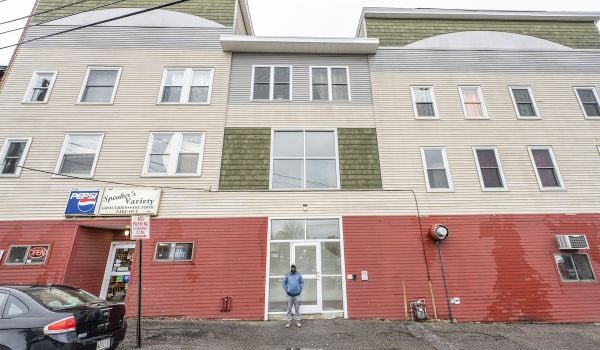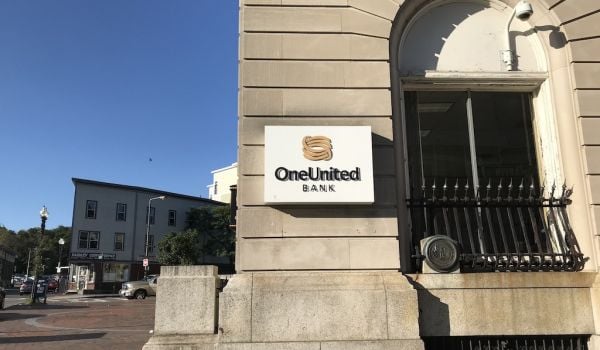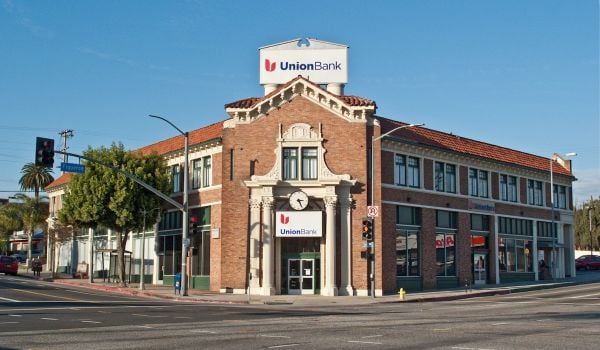When Superstorm Sandy hit New York City in 2012, businesses of all stripes were forced to shutter. Small businesses — many without immediate resources or funding to rebuild — faced particularly daunting challenges.
In Manhattan, Baseline Design, a woman-owned business founded in 1999, lost three weeks of business that left its founder struggling. In Breezy Point, Queens, Kennedy’s Restaurant — a historic eatery in operation for more than a century — shut down in the face of total devastation. Its rebuilding process would take two years.
Both businesses would benefit from a timely federal pilot program. In 2012, an infusion of federal dollars from the program allowed New York state to provide a boost to loan loss reserves, a key protection for lenders making small business loans to borrowers considered “high-risk” — including low-income borrowers, borrowers with poor credit history or no credit history, borrowers with little to no collateral, or borrowers whose businesses were recovering from a natural disaster.
That federal pilot program was known as the State Small Business Credit Initiative, created as part of the Small Business Jobs Act of 2010. The pilot program awarded one-time cash infusions totaling $1.5 billion to 47 states, the District of Columbia, five U.S. Territories, and municipalities in three states. As a credit program, not a grant program, all of the funding was deployed in ways that recycled the dollars for future use — such as loan guarantees, loan participations, or loan loss reserves.
Because of its structure, the State Small Business Credit Initiative supported eight dollars in total small business lending or investment for every dollar of federal funding. But the funding agreements under the State Small Business Credit Initiative expired in March 2017, leaving it up to each state or municipal government to decide whether to continue using those federal dollars to support small business lending, or to gradually re-allocate them to some other purpose.
For Renaissance Economic Development Corporation, a community development financial institution founded in New York City to provide small business loans to immigrant businesses, the program was transformational, says Jessie Lee, managing director.
To illustrate that, Lee goes back to when Renaissance harnessed public funding for emergency lending after the September 11th terrorist attacks and the 2006 Queens blackout. In each of those instances, the impact of public funding was blunted. The problem?
“The lending capital we were getting [did not include] loan loss reserves,” says Lee. “We had to figure out how to raise it on our own … and with so-called riskier loans, we need to put in more loan loss reserves than traditional banking institutions.”
Loan loss reserves can run as high as 15 percent of the value of a loan, Lee says. Having to raise those funds on their own kept her team from issuing as many emergency small business loans as they might have after September 11th or the 2006 Queens blackout.
Things were different after Superstorm Sandy. Federal funding from the State Small Business Credit Initiative allowed Empire State Development, New York state’s economic development agency, to resurrect its capital access program, which provides matching dollars for loan loss reserves to lenders like Renaissance. So instead of needing to raise a full 15 percent of the value of each loan for a loan loss reserve, for example, Renaissance would only need to raise half that amount.
“It was a turning point for Renaissance,” says Lee. With risk mitigation in place, the organization could lend more frequently and deploy capital more quickly even in Superstorm Sandy’s aftermath. The deeper loan loss reserve pool also let nonprofit lenders like Renaissance raise private capital from banks, foundations and other sources, often at interest rates that would have been higher if they didn’t have such a deep loan loss reserve — and Renaissance could pass those savings onto borrowers.
New York isn’t the only state that used funding from State Small Business Credit Initiative to boost small business loan loss reserves. Others included Michigan, North Carolina, Illinois, Georgia, Florida, Virginia, Colorado, Oregon, Washington and California.
In California, through the end of 2017, Opportunity Fund used that state’s program for small business loan loss reserves to cover 8,754 loans to underserved small businesses that ranged from tamale makers to a towing company.
“We were able to increase our lending fivefold [as a result of the program],” says Gwendy Brown, vice president of research and policy at Opportunity Fund.
Nationwide, from 2012 to 2015, the State Small Business Credit Initiative supported 16,919 small business loans and investments, 42 percent of which went to small businesses located in low- or moderate-income census tracts, and 80 percent to businesses with 10 or fewer employees. Two thirds of those transactions fell under loan loss reserve programs, with the rest falling under other eligible program types.
Since the State Small Business Credit Initiative sunset last year, federal rules dictating how the recycled funds were used no longer apply, and states are beginning to make changes that may limit the continued impact of the programs those dollars formerly boosted.
In New York, Empire State Development has renewed its capital access program until 2021, the agency says. Extending the program beyond that would depend on potential federal or state funding. Previously, however, while the federal program was in place the agency allowed lenders to keep 100 percent of the state’s matching funds in their loan loss reserve after a loan was repaid. Now, the agency says, once a covered loan is repaid, lenders must return 75 percent of their matching contributions from the state, explaining that the change provides more flexibility in terms of future programs. (The agency also says it’s still accepting new lenders into its capital access program.)
In California, there’s more concern. Without new funding, according to a recent report by the Urban Institute, the state is now recapturing 100 percent of the matching loan loss reserve funds on covered loans that are repaid. That, among other changes the report cites, is “reducing the growth of the reserve and limiting the program’s utility.”
With the sunset of federal support for California’s loan loss reserve program, “our interpretation is that [the state] is [now] making it slightly harder to get access to the money and perhaps slow down the utilization,” Brown says.
Help may be on the way. Opportunity Fund has thrown its support behind SB 551, a state bill that seeks several reforms to protect the program. One big measure in the bill, Brown says, is moving the small business loan loss reserve program to the Governor’s Office of Business and Economic Development, which the bill’s supporters believe would be better positioned to access new state funding. Existing state law had established the small business loan loss reserve program under the purview of the California Pollution Control Financing Authority.
While SB 551 does not include new funding for California’s small business loan loss reserve program, it would allow lenders to continue enrolling loans even if the federal money runs out — using state funds originally set aside for the program in California’s 2010 state budget. “Whether it’s a short or long-term funding shortfall, the idea is to allow lenders to keep enrolling loans,” Brown says.
This article is part of The Bottom Line, a series exploring scalable solutions for problems related to affordability, inclusive economic growth and access to capital. Click here to subscribe to our Bottom Line newsletter.

Emily Nonko is a social justice and solutions-oriented reporter based in Brooklyn, New York. She covers a range of topics for Next City, including arts and culture, housing, movement building and transit.
Follow Emily .(JavaScript must be enabled to view this email address)


















